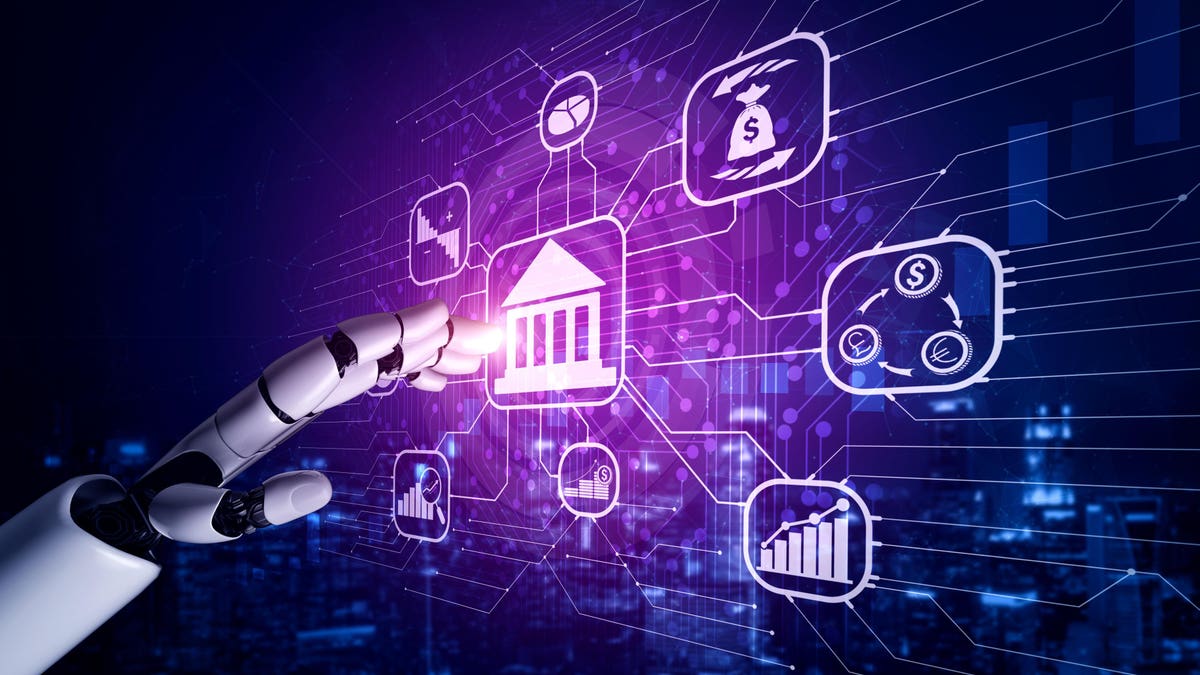One of my neighbors is an octogenarian who loves gardening and enjoys hosting her family and friends outside. The other day she mentioned that she was stumped about the menu for an upcoming gathering.
So she asked ChatGPT to make one for her.
After I picked my jaw off the floor, I asked her what she thought. She said the first draft was pretty good, but it had quinoa in a dish (not a fan), so asked ChatGPT to remove it. The revised version, she said, created a delicious meal. She also got ChatGPT to write a short essay guiding visitors on a tour of her garden.
Generative AI, it seems, is everywhere today. But this is only the most recent episode of a show that has been running for decades. From videos of the Boston Dynamic Atlas robot to AI-generated art to the Kasparov-Deep Blue chess matches, AI breakthroughs have attracted fascination and fear in almost equal measure.
So is anything different this time for banks? In my opinion, the answer is yes. We’ve reached an inflection point where cloud-based AI engines are surpassing human capabilities in some specialized skills and, crucially, anyone with an internet connection can access these solutions. This era of generative AI for everyone will create new opportunities to drive innovation, optimization and reinvention.
Though they cost billions to develop, many of these cloud-based AI solutions can be accessed cheaply. The ability for any competitor to use and string together these AI tools is the real development for banks here.
And banks have ample room to improve in their use of AI. Cross-industry Accenture research on AI found that just 1% of financial services firms are AI leaders. The median score for AI maturity in financial services is 27 on a 0-100 scale — nine points lower than the overall median.
A bank that fails to harness AI’s potential is already at a competitive disadvantage today. Many banks use AI applications in process engineering and Six Sigma settings to generate conclusive answers based on structured data.
Generative AI is much more flexible. Its ability to comb unstructured data for insights radically widens the possible uses of AI in financial services.
While it’s early days, some banks are moving forward with applications, including to:
- Answer customer questions about loans and financial topics through an AI-powered chatbot
- Analyze customer information to create personalized next best actions for advisors
- Adapt the language and images of marketing messages to customer groups or even individual customers
- Reduce mid-to-back-office operational expenses, for example in post-trade processing
Bank executives surveyed in Accenture’s Technology Vision 2023 plan to experiment with AI foundational models – the large language models that underpin generative AI – in various business activities, including data analysis (59%), process automation (58%), and customer support (57%).
Many use cases involve AI assisting a human. This, in my opinion, is where the ultimate potential of AI lies—helping humans do more work, do it better, or freeing them up from repetitive tasks. Deep Blue eventually defeated Kasparov, but what if they teamed up? They’d be unbeatable.
Yet we’re still in the early innings of cloud-based AI’s impact on financial services and in society more broadly. This is akin to the flip-phone phase with the touchscreen era right around the corner. When that arrives, it will bring incredible opportunities for banks, including in KYC/AML and anti-fraud work.
Where Generative AI Could Have The Greatest Impact
However, the real holy grail in banking will be using generative AI to radically reduce the cost of programming while dramatically improving the speed of development, testing and documenting code. Imagine if you could read the COBOL code inside of an old mainframe and quickly analyze, optimize and recompile it for a next-gen core. Uses like this could have a significant impact on bank expenses, as around 10% of the cost base of a bank today is related to technology, of which a sizable chunk goes into maintaining legacy applications and code.
Additional opportunities will come when banks can fine-tune and customize AI models using their own data. Critically important will be ensuring AI is used responsibly across banking: This will require setting guardrails for acquiring, refining, and deploying data. Managing regulatory and privacy risks is a good start, and banks can take it a step further by making certain the technology they’re using is responsible by design.
Banks also can’t overlook that bad actors have access to these same tools and are moving quickly. Thinking about how your cybersecurity operations centers can leverage generative AI, while recognizing and preventing malicious use cases such as voice replication, will be vital. Banks should prioritize the use of multiple authentication factors to enhance their cyber resilience.
AI’s impact on banking is just beginning and eventually it could drive reinvention across every part of the business. Banks are right to be optimistic but they also need to be realistic about the challenges that come along with advancements in technology. The best time to prepare is now.
Read the full article here


